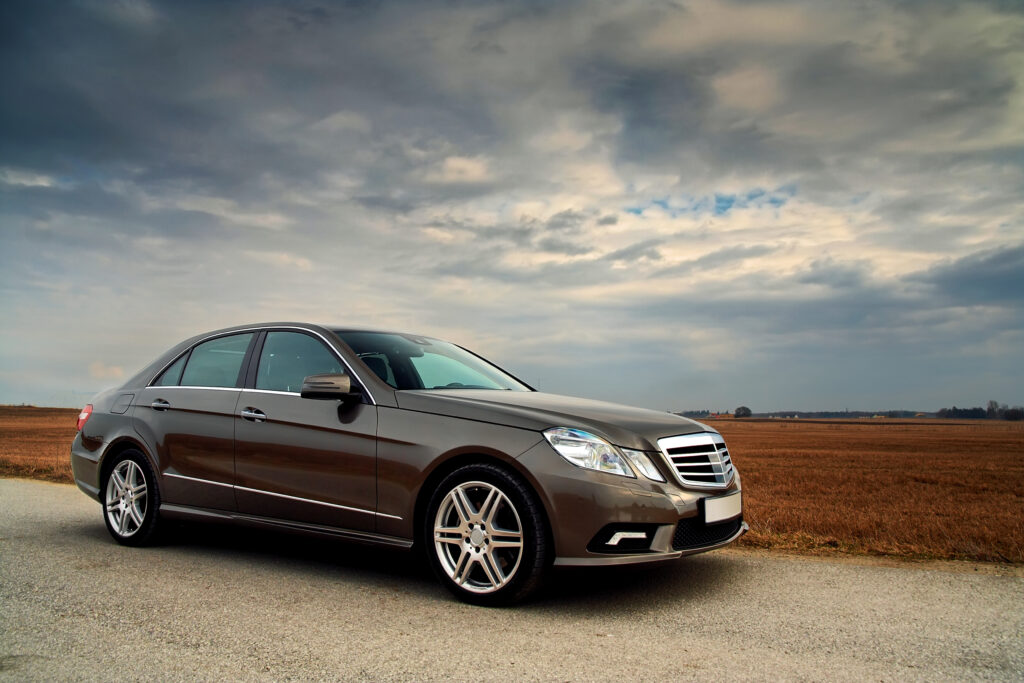Car Leasing has become a popular alternative to traditional car financing or outright purchasing. It offers flexibility and convenience, making it an attractive option for many individuals. This article delves into the mechanics of car leasing, shedding light on how it operates, the advantages it offers, and essential factors to consider. By addressing the question, “How does leasing a car work?” this piece aims to provide a comprehensive understanding of the leasing process.
Table of Contents
Leasing Basics
When you lease a car, you essentially enter into a contract with a leasing company or a dealership. The agreement allows you to use the vehicle for a predetermined period, typically two to four years, in exchange for monthly payments. Unlike purchasing a car, where you own the vehicle outright, leasing involves paying for the depreciation and the agreed-upon mileage during the lease term.
Cost of Leasing a Car
When you lease a car, you may be required to pay several upfront costs. These can include a down payment, which is usually a percentage of the vehicle’s value, a security deposit, and any applicable taxes or fees. It’s important to note that the initial costs associated with leasing are typically lower compared to purchasing a car, making it an attractive option for individuals who prefer a more affordable upfront investment.
One of the primary components of a car lease is the monthly payment. The payment amount is determined based on several factors, including the vehicle’s purchase price, the lease term, the agreed mileage limit, and the vehicle’s projected depreciation during the lease period. Generally, the monthly payments for leasing a car are lower compared to financing a car purchase. However, it’s crucial to carefully review the lease agreement to understand all the costs involved and ensure they fit within your budget.
Mileage Restrictions
Leasing agreements typically include mileage restrictions, which specify the maximum number of miles you can drive the vehicle during the lease term. If you exceed the agreed mileage limit, you may incur additional charges for each extra mile driven. It is essential to estimate your expected annual mileage accurately before signing a lease to avoid unexpected fees later on.
Vehicle Maintenance and Repairs
Another key aspect of leasing a car is the responsibility for vehicle maintenance and repairs. In most cases, the lessee is responsible for regular maintenance, such as oil changes, tire rotations, and general upkeep. It is important to adhere to the manufacturer’s maintenance guidelines to keep the vehicle in good condition. Additionally, the vehicle is typically covered by the manufacturer’s warranty during the lease term, providing some protection against unexpected repairs. However, it’s essential to clarify with the leasing company or dealership regarding warranty coverage and any potential costs you may be responsible for.
End of Lease Options
At the end of the lease term, you will have several options to consider. One option is to return the vehicle to the leasing company or dealership, provided you have fulfilled all the obligations outlined in the lease agreement. You can then choose to lease another vehicle or explore other options available to you.
Another option is to purchase the leased vehicle at a predetermined price, known as the buyout price. This allows you to keep the car if you have grown attached to it or find that it meets your long-term needs. The buyout price is typically determined at the beginning of the lease, so you will know the cost in advance.
Benefits of Leasing
Leasing a car offers several advantages that make it an appealing choice for many individuals. Some of the benefits include:
- Lower Monthly Payments: Leasing generally involves lower monthly payments compared to financing a car purchase. This can make it more affordable and manageable for individuals on a tight budget.
- Warranty Coverage: During the lease term, the vehicle is typically covered by the manufacturer’s warranty, providing peace of mind and potentially saving you money on unexpected repairs.
- Access to Newer Vehicles: Leasing allows you to drive a new car every few years, providing access to the latest features, technology, and safety advancements.
- Minimal Down Payment: Lease agreements often require a lower upfront payment compared to purchasing a car, making it a viable option for those who prefer a lower initial investment.
Considerations
While leasing a car can be advantageous, there are some important factors to consider:
- Mileage Restrictions: Ensure that the mileage limit aligns with your driving habits to avoid excess mileage charges.
- Wear and Tear: Understand the lease agreement’s guidelines regarding wear and tear on the vehicle, as you may be responsible for any excessive damage beyond normal wear.
- Long-Term Costs: While leasing may offer lower monthly payments, over the long term, leasing multiple vehicles can be more expensive than purchasing a car outright.
- Ownership: Unlike purchasing a car, leasing does not provide ownership of the vehicle. If owning a car outright is important to you, leasing may not be the best option.
How Does Leasing a Car Work?- Conclusion
In conclusion, leasing a car provides an alternative to traditional car financing or purchasing. It offers flexibility, lower monthly payments, and access to newer vehicles. However, it’s crucial to consider the mileage restrictions, maintenance responsibilities, and long-term costs before entering into a lease agreement. By understanding how leasing works and carefully evaluating your needs, you can make an informed decision that aligns with your financial situation and driving preferences.



